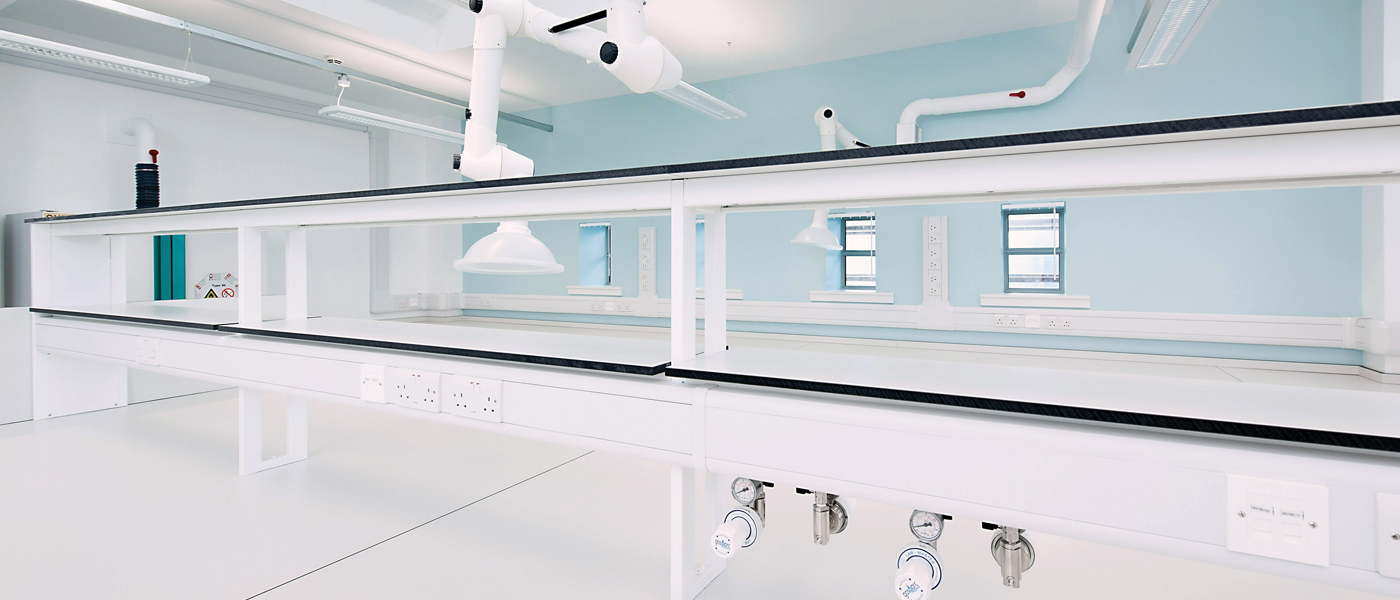
From investment to innovation
As part of the University’s £1bn campus redevelopment programme, the Joseph Black Building – home to the School of Chemistry – is receiving a £35m make over. Over the centuries investment in chemistry at Glasgow has led to ground-breaking discoveries and world-changing research. Current head of the school Professor Graeme Cooke is well aware of the department’s past achievements and expects that this latest investment in chemistry will be a catalyst for even greater things to come.
“By creating a modern environment which is sympathetic to the historic building, open-plan laboratories and world-class facilities we will encourage and strengthen multidisciplinary activities and collaboration throughout the school and with our industrial partners.”
Discover more
- School of Chemistry
- Postgraduate research opportunities
- Postgraduate taught opportunities
- Support our campus redevelopment
This article was first published in December 2017.


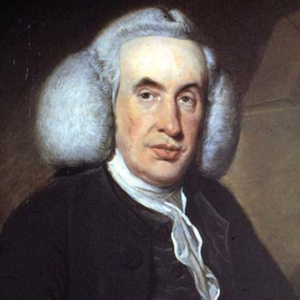
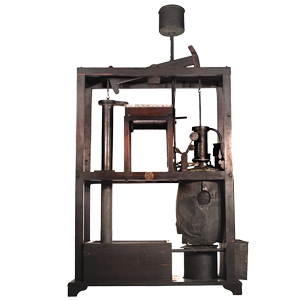 1762
1762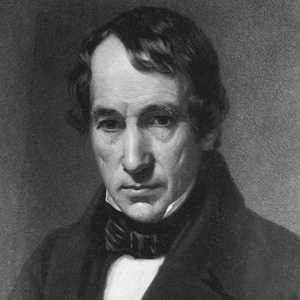 1818
1818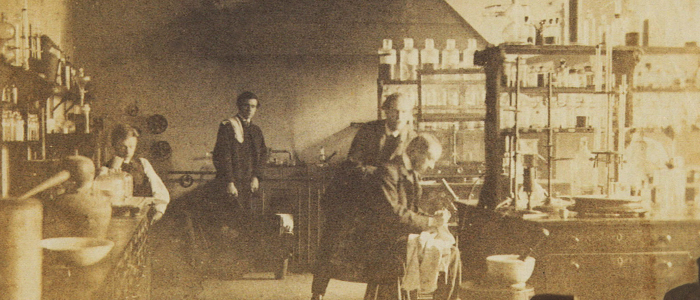 1831
1831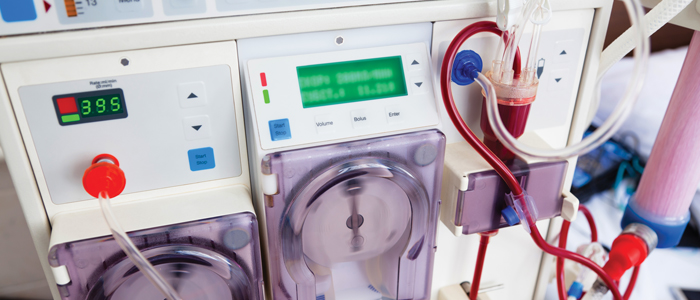 1841
1841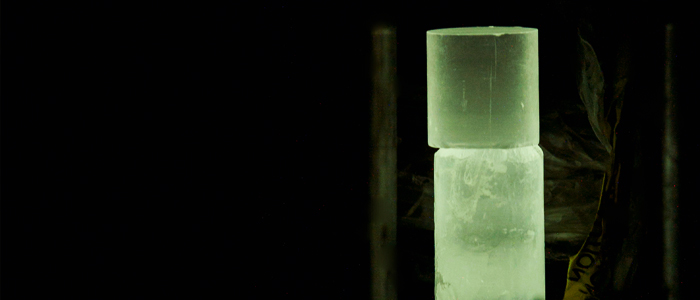 1904
1904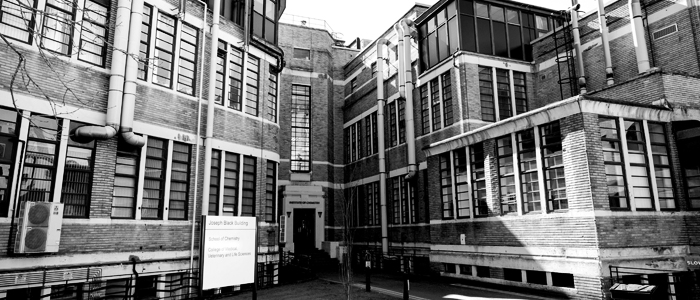 1936
1936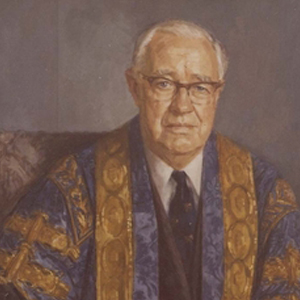 1957
1957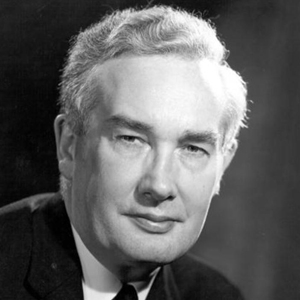 1969
1969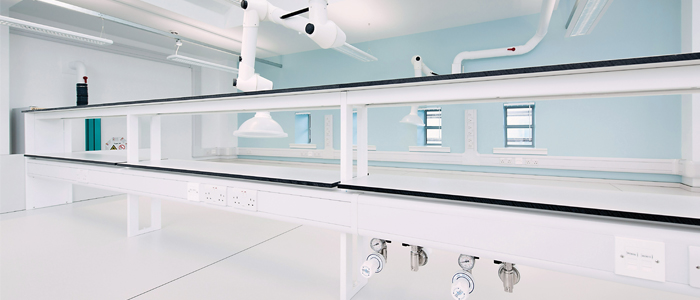 2017
2017